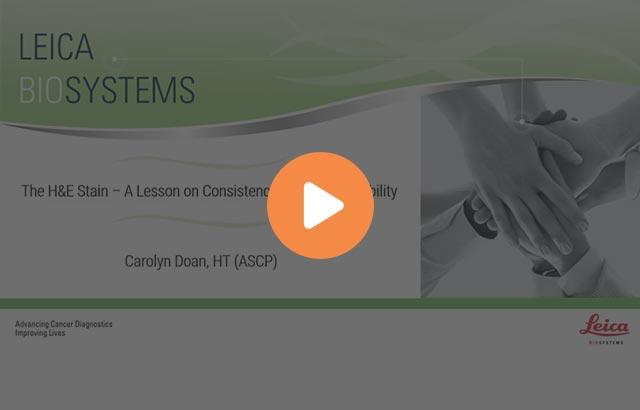Validating your H&E Staining Systems

In this age of healthcare regulatory standards and compliance, every aspect in diagnostic patient care must be developed, documented, and validated ‘before’ they can be used in testing and diagnoses. Procedures which were once deemed as ‘routine’, as in the routine staining procedure (H&E) which constitutes 95-100% of most hospital initial testing review in histopathology; these procedures including protocol, stains, tissue specimens, and Q.A. monitoring and maintenance, all must go through stringent testing to show they produce reliable, reproducible results. This session will look at every aspect of your routine staining system from the stain dyes used (hematoxylin and eosin), various protocol trials with different staining intensities, the differences in instrumentation and how they perform, specimens being used to validate the stain, and technical review and sign-off by the pathologist.
Learning Objectives
- Create a standard H&E multi-tissue control block
- Set up an internal quality assurance schedule
- Document and retain the validation procedure for regulatory inspection
About the presenter

Skip Brown has 39 years of experience in the field of Histotechnology, over 30 of which being at the supervisory and management levels. He has managed some of the most progressive clinical and research institutions such as Kaiser Permanente of Southern California and Northwestern University Pathology Core Facility.
Related Content
El contenido de Leica Biosystems Knowledge Pathway está sujeto a las condiciones de uso del sitio web de Leica Biosystems, disponibles en: Aviso legal.. El contenido, incluidos los webinars o seminarios web, los recursos de formación y los materiales relacionados, está destinado a proporcionar información general sobre temas concretos de interés para los profesionales de la salud y no está destinado a ser, ni debe interpretarse como asesoramiento médico, normativo o jurídico. Los puntos de vista y opiniones expresados en cualquier contenido de terceros reflejan los puntos de vista y opiniones personales de los ponentes/autores y no representan ni reflejan necesariamente los puntos de vista ni opiniones de Leica Biosystems, sus empleados o sus agentes. Cualquier enlace incluido en el contenido que proporcione acceso a recursos o contenido de terceros se proporciona únicamente por comodidad.
Para el uso de cualquier producto, debe consultarse la documentación correspondiente del producto, incluidas las guías de información, los prospectos y los manuales de funcionamiento.
Copyright © 2025 Leica Biosystems division of Leica Microsystems, Inc. and its Leica Biosystems affiliates. All rights reserved. LEICA and the Leica Logo are registered trademarks of Leica Microsystems IR GmbH.



